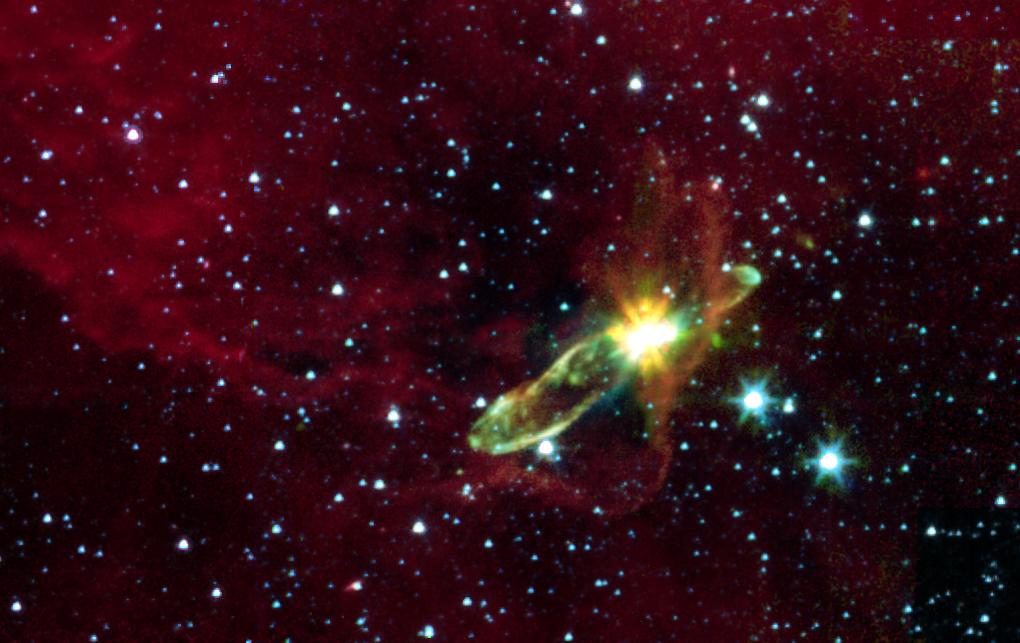Star formation should be a relatively straightforward process. Dense clouds of molecular hydrogen collapse under gravity, fragmenting into cores that grow into protostars. These infant stars are cold, deeply embedded in their parent…

Star formation should be a relatively straightforward process. Dense clouds of molecular hydrogen collapse under gravity, fragmenting into cores that grow into protostars. These infant stars are cold, deeply embedded in their parent…